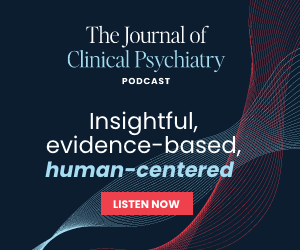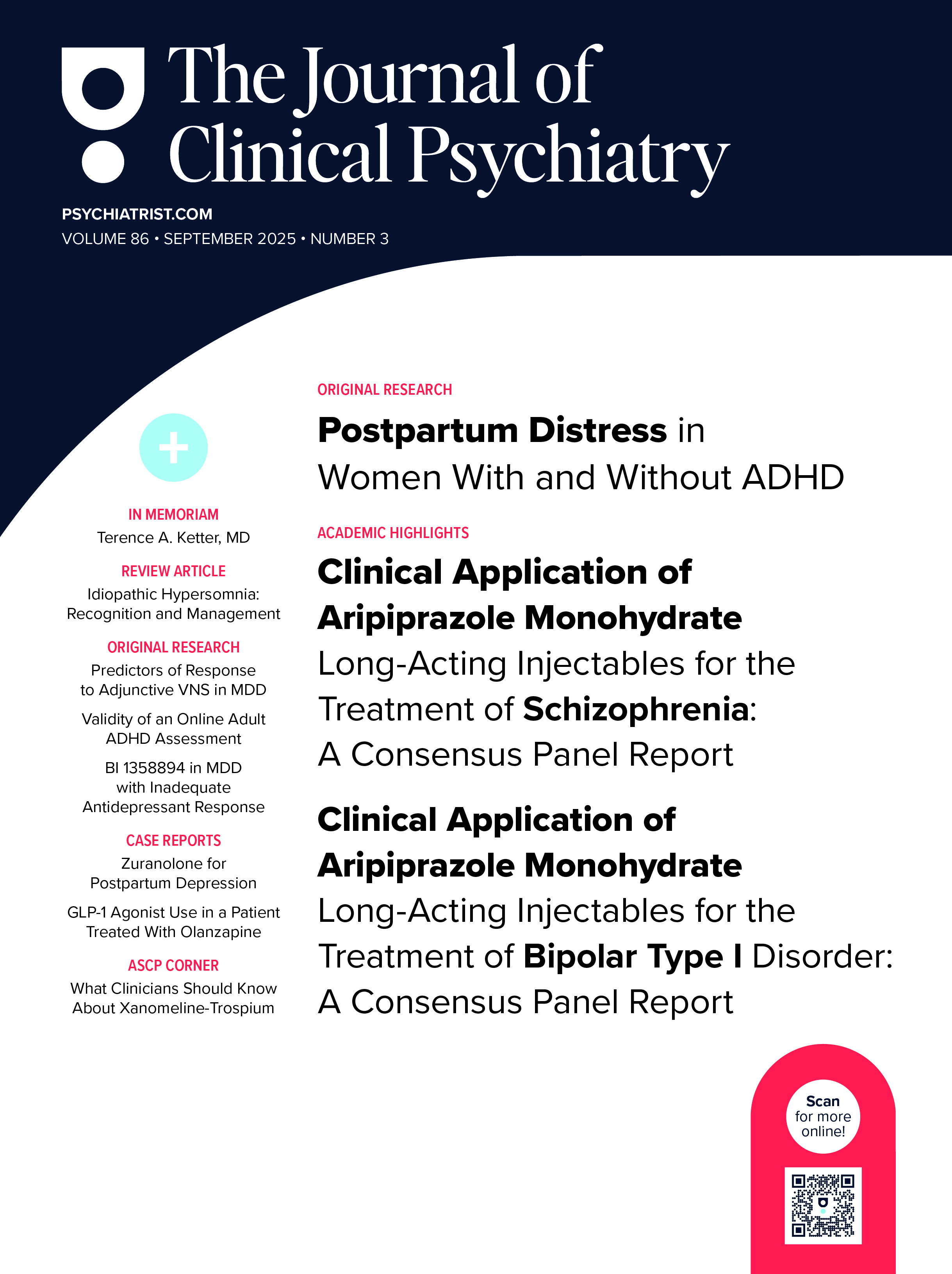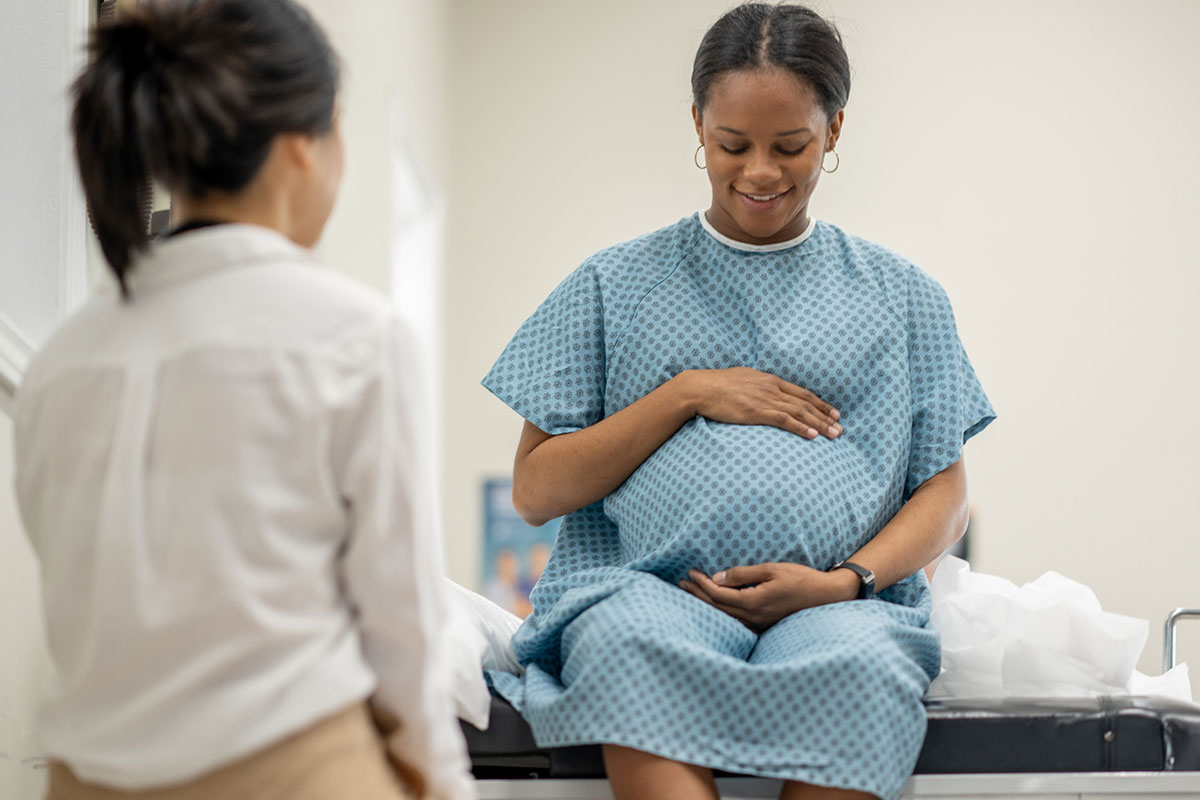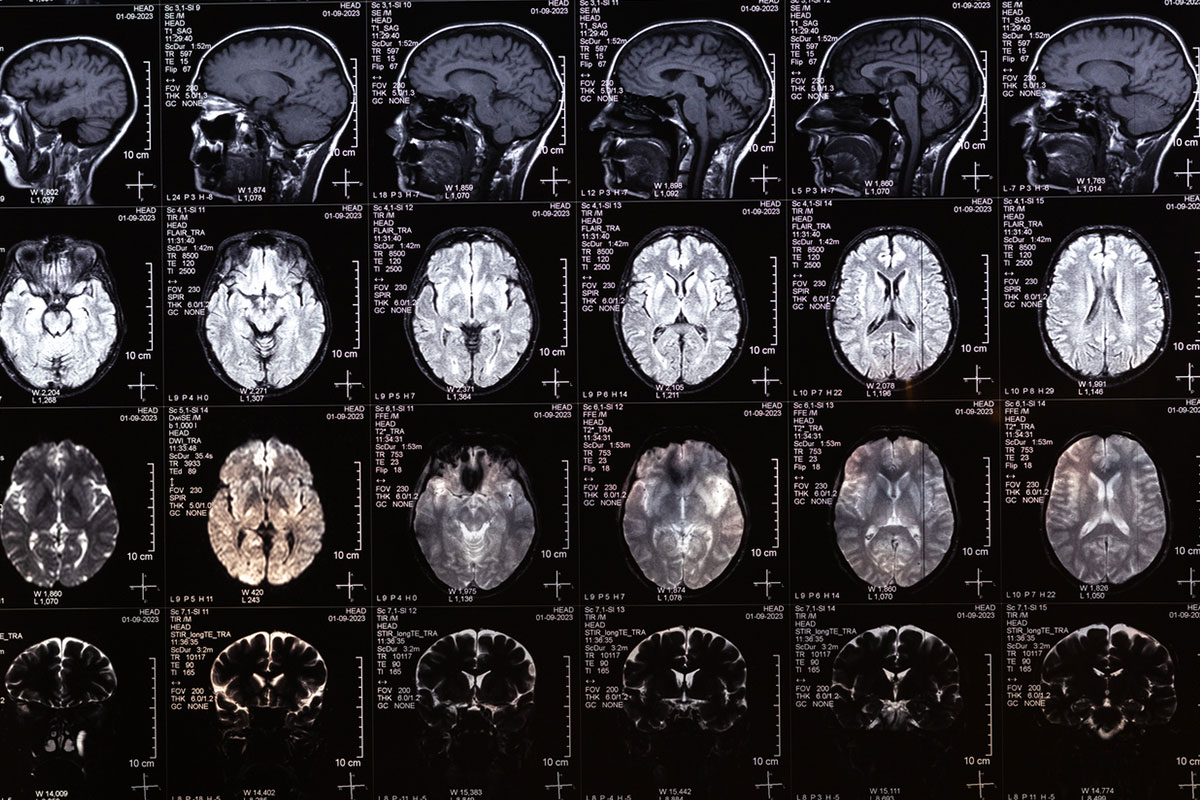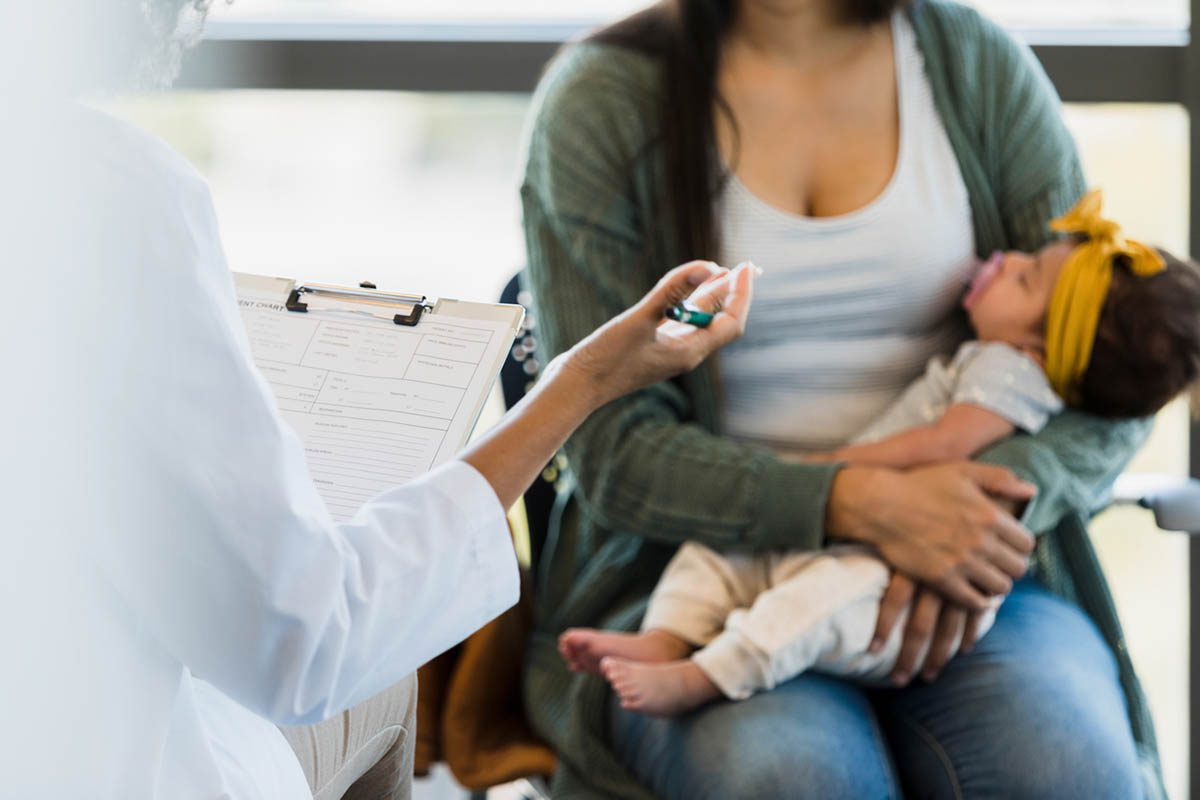Abstract
Objective: Posttraumatic stress disorder (PTSD) is defined by the assumption that qualifying traumatic events lead to a syndrome distinct from other internalizing disorders, while stressful life events play a prominent role in etiologic theories of major depressive disorder (MDD). We examined whether the environmental etiology of PTSD and MDD are distinct by evaluating the relative contributions of traumatic and stressful life events to both conditions. Harmful alcohol use and physical limitations served as noninternalizing comparators expected to show weaker associations with environmental factors.
Methods: Longitudinal cohort study of World Trade Center disaster responders who completed annual assessments of mental health and physical functioning from July 1, 2002, to December 31, 2020. Psychiatric diagnoses were ascertained in clinical interviews. Multivariate regression and multilevel modeling quantified the percentage of variance in psychopathology and physical limitations attributable to trauma versus life stress.
Results: 11,153 responders (mean age on September 11, 2001: 37.5 years; 91% male) completed 61,244 visits. The combined environmental effect of 9/11-trauma and life stress on PTSD and MDD was nearly identical (14.3% and 14.8% of between person variability), but much weaker for alcohol use and physical limitations (0.8% and 9.1%). Life stress explained the most variance in all diagnoses and symptoms across longitudinal and cross-sectional analytic strategies.
Conclusions: In the longest study to date coexamining the environmental etiology of PTSD and MDD, trauma and life stress contributed to both conditions. Considering a spectrum of exposures from stressful life events to trauma and integrating knowledge across internalizing conditions may advance understanding and treatment of stress related psychopathology.
J Clin Psychiatry 2025;86(2):24m15591
Author affiliations are listed at the end of this article.
Members Only Content
This full article is available exclusively to Professional tier members. Subscribe now to unlock the HTML version and gain unlimited access to our entire library plus all PDFs. If you’re already a subscriber, please log in below to continue reading.
References (69)

- Neria Y, Bromet EJ, Marshall R. To the editor. Psychol Med. 2002;32(8):1479–1485. PubMed CrossRef
- Mojtabai R, Susser ES, Bromet EJ. To the editor. Psychol Med. 2002;32(8):1479–1485. PubMed CrossRef
- Forbes MK, Neo B, Nezami OM, et al. Elemental psychopathology: distilling constituent symptoms and patterns of repetition in the diagnostic criteria of the DSM-5. Psychol Med. 2023;54(5):886–894. PubMed CrossRef
- American Psychiatric Association. Diagnostic and Statistical Manual of Mental Disorders. 5th ed. American Psychiatric Publishing; 2013.
- Dohrenwend BP. The role of adversity and stress in psychopathology: some evidence and its implications for theory and research. J Health Soc Behav. 2000;41(1):1–19. PubMed CrossRef
- Bryant RA, O’donnell ML, Creamer M, et al. The psychiatric sequelae of traumatic injury. Am J Psychiatry. 2010;167(3):312–320. PubMed CrossRef
- Galatzer-Levy IR, Bryant RA. 636,120 ways to have posttraumatic stress disorder. Perspect Psychol Sci. 2013;8(6):651–662. PubMed CrossRef
- Neria Y. Functional neuroimaging in PTSD: from discovery of underlying mechanisms to addressing diagnostic heterogeneity. Am J Psychiatry. 2021;178(2):128–135. PubMed CrossRef
- Gold SD, Marx BP, Soler-Baillo JM, et al. Is life stress more traumatic than traumatic stress? J Anxiety Disord. 2005;19(6):687–698. PubMed CrossRef
- Rosen GM, Lilienfeld SO. Posttraumatic stress disorder: an empirical evaluation of core assumptions. Clin Psychol Rev. 2008;28(5):837–868. PubMed CrossRef
- Hammen C. Stress and depression. Annu Rev Clin Psychol. 2005;1(1):293–319. PubMed CrossRef
- Kendler KS, Karkowski LM, Prescott CA. Causal relationship between stressful life events and the onset of major depression. Am J Psychiatry. 1999;156(6):837–841. PubMed CrossRef
- Monroe SM, Harkness KL. Life stress, the “kindling” hypothesis, and the recurrence of depression: considerations from a life stress perspective. Psychol Rev. 2005;112(2):417–445. PubMed CrossRef
- Monroe SM, Slavich GM, Georgiades K. The social environment and life stress in depression. Handb Depress. 2009;2(1):340–360.
- Anders SL, Frazier PA, Frankfurt SB. Variations in Criterion A and PTSD rates in a community sample of women. J Anxiety Disord. 2011;25(2):176–184. PubMed CrossRef
- Robinson JS, Larson C. Are traumatic events necessary to elicit symptoms of posttraumatic stress? Psychol Trauma. 2010;2(2):71. CrossRef
- Bodkin JA, Pope HG, Detke MJ, et al. Is PTSD caused by traumatic stress? J Anxiety Disord. 2007;21(2):176–182. PubMed CrossRef
- Georgescu T, Nedelcea C, Letzner RD, et al. Criterion A issue: what other events lead to the onset of posttraumatic stress disorder symptoms? A meta-analysis. Humanist Psychol. 2024. doi:10.1037/hum0000358.
- Laurel Franklin C, Raines AM, Hurlocker MC. No trauma, no problem: symptoms of posttraumatic stress in the absence of a criterion a stressor. J Psychopathol Behav Assess. 2019;41:107–111. CrossRef
- Schneiderman N, Ironson G, Siegel SD. Stress and health: psychological, behavioral, and biological determinants. Annu Rev Clin Psychol. 2005;1:607–628. PubMed CrossRef
- McFarlane AC. The long-term costs of traumatic stress: intertwined physical and psychological consequences. World Psychiatry. 2010;9(1):3–10. PubMed CrossRef
- Keyes KM, Hatzenbuehler ML, Hasin DS. Stressful life experiences, alcohol consumption, and alcohol use disorders: the epidemiologic evidence for four main types of stressors. Psychopharmacology. 2011;218(1):1–17. PubMed CrossRef
- Scott KM, Koenen KC, Aguilar-Gaxiola S, et al. Associations between lifetime traumatic events and subsequent chronic physical conditions: a cross-national, cross-sectional study. PLoS One. 2013;8(11):e80573. PubMed CrossRef
- Shalev AY, Freedman S, Peri T, et al. Prospective study of posttraumatic stress disorder and depression following trauma. Am J Psychiatry. 1998;155(5):630–637. PubMed CrossRef
- Bonumwezi JL, Tramutola D, Lawrence J, et al. Posttraumatic stress disorder symptoms, work-related trauma exposure, and substance use in first responders. Drug Alcohol Depend. 2022;237:109439. PubMed CrossRef
- Vandiver RA, Wachen JS, Spiro A, et al. PTSD symptom severity mediates the impact of war zone stress exposure on postdeployment physical health: the Fort Devens Gulf War veterans cohort. Psychol Trauma. 2023;15(4):681–689. PubMed CrossRef
- King AP. Somatic health issues in trauma-related disorders: effects on psychobiological axes affecting mental and physical health. In: Grassi L, Riba MB, Wise T, eds. Person Centered Approach to Recovery in Medicine: Insights from Psychosomatic Medicine and Consultation-Liaison Psychiatry. Springer International Publishing;2019:177–216. CrossRef
- Veenstra MY, Lemmens PH, Friesema IH, et al. Coping style mediates impact of stress on alcohol use: a prospective population-based study. Addiction. 2007;102(12):1890–1898. PubMed CrossRef
- Hoyland MA, Latendresse SJ. Stressful life events influence transitions among latent classes of alcohol use. Psychol Addict Behav. 2018;32(7):727–737. PubMed CrossRef
- Dasaro CR, Holden WL, Berman KD, et al. Cohort profile: world trade center health program general responder cohort. Int J Epidemiol. 2017;46(2):e9. PubMed CrossRef
- Bromet EJ, Hobbs MJ, Clouston SA, et al. DSM-IV post-traumatic stress disorder among World Trade Center responders 11–13 years after the disaster of 11 September 2001 (9/11). Psychol Med. 2016;46(4):771–783. PubMed CrossRef
- Zvolensky MJ, Farris SG, Kotov R, et al. World Trade Center disaster and sensitization to subsequent life stress: a longitudinal study of disaster responders. Prev Med. 2015;75:70–74. PubMed CrossRef
- Pietrzak RH, Feder A, Singh R, et al. Trajectories of PTSD risk and resilience in World Trade Center responders: an 8-year prospective cohort study. Psychol Med. 2014;44(1):205–219. PubMed CrossRef
- Robins LN, Smith EM. The Diagnostic Interview Schedule/Disaster Supplement. Washington University School of Medicine; 1983.
- Tibubos AN, Burghardt J, Klein EM, et al. Frequency of stressful life events and associations with mental health and general subjective health in the general population. J Public Health. 2021;29:1071–1080. CrossRef
- Kessler RC. The effects of stressful life events on depression. Annu Rev Psychol. 1997;48(1):191–214. PubMed CrossRef
- First M, Spitzer R, Gibbon M, et al. Structured clinical interview for DSM-IV Axis I disorders, research version, patient/non. Patient edition; 1996.
- Blanchard EB, Jones-Alexander J, Buckley TC, et al. Psychometric properties of the PTSD checklist (PCL). Behav Res Ther. 1996;34(8):669–673. PubMed CrossRef
- Kroenke K, Spitzer RL, Williams JBW, et al. The Patient Health Questionnaire Somatic, Anxiety, and Depressive Symptom Scales: a systematic review. Gen Hosp Psychiatry. 2010;32(4):345–359. PubMed CrossRef
- Wade D, Varker T, Forbes D, et al. The Alcohol Use Disorders Identification Test Consumption (AUDIT-C) in the assessment of alcohol use disorders among acute injury patients. Alcohol Clin Exp Res. 2014;38(1):294–299. PubMed CrossRef
- Ware JE, Kosinski M, Keller SD. A 12-Item Short-Form Health Survey: construction of scales and preliminary tests of reliability and validity. Med Care. 1996;34(3):220–233. PubMed CrossRef
- Maxwell SE. Sample size and multiple regression analysis. Psychol Methods. 2000;5(4):434–458. PubMed CrossRef
- Enders CK. Missing data: an update on the state of the art. Psychol Methods. 2023. doi:10.1037/met0000563. PubMed CrossRef
- Schwartz JE, Stone AA. The analysis of real-time momentary data: a practical guide. In: The science of real-time data capture: Self-reports in health research;2007:76–113.
- Bujang MA, Sa’at N, Sidik T, et al. Sample size guidelines for logistic regression from observational studies with large population: emphasis on the accuracy between statistics and parameters based on real life clinical data. Malays J Med Sci. 2018;25(4):122–130. PubMed CrossRef
- Cohen J. Statistical Power Analysis for the Behavioral Sciences. 2nd ed. Lawrence Earlbaum Associates; 1988.
- Stander VA, Thomsen CJ, Highfill-McRoy RM. Etiology of depression comorbidity in combat-related PTSD: a review of the literature. Clin Psychol Rev. 2014;34(2):87–98. PubMed CrossRef
- Ford JD. Emotion regulation and skills-based interventions. In: Gold SN, ed. APA Handbook of Trauma Psychology: Trauma Practice. American Psychological Association;2017:227–252. CrossRef
- Steenkamp MM, Litz BT, Marmar CR. First-line psychotherapies for military related PTSD. JAMA Psychiatry. 2020;323(7):656–657. PubMed CrossRef
- Hawn SE, Wolf EJ, Neale Z, et al. Conceptualizing traumatic stress and the structure of posttraumatic psychopathology through the lenses of RDoC and HiTOP. Clin Psychol Rev. 2022;95:102177. PubMed CrossRef
- Hoge CW, Chard KM, Yehuda R. US veterans Affairs and department of defense 2023 clinical guideline for PTSD—devolving not evolving. JAMA Psychiatry. 2024;81(3):223–224. PubMed CrossRef
- Steenkamp MM, Litz BT, Hoge CW, et al. Psychotherapy for military-related PTSD: a review of randomized clinical trials. JAMA Psychiatry. 2015;314(5):489–500. PubMed CrossRef
- Rubenstein A, Duek O, Doran J, et al. To expose or not to expose: a comprehensive perspective on treatment for posttraumatic stress disorder. Am Psychol. 2024;79(3):331–343. PubMed CrossRef
- Hruska B, Delahanty DL. Application of the stressor vulnerability model to understanding posttraumatic stress disorder (PTSD) and alcohol-related problems in an undergraduate population. Psychol Addict Behav. 2012;26(4):734–746. PubMed CrossRef
- Haller M, Chassin L. The influence of PTSD symptoms on alcohol and drug problems: internalizing and externalizing pathways. Psychol Trauma. 2013;5(5):484. CrossRef
- Miller MW, Vogt DS, Mozley SL, et al. PTSD and substance-related problems: the mediating roles of disconstraint and negative emotionality. J Abnorm Psychol. 2006;115(2):369–379. PubMed CrossRef
- D’Andrea W, Sharma R, Zelechoski AD, et al. Physical health problems after single trauma exposure: when stress takes root in the body. J Am Psychiatr Nurses Assoc. 2011;17(6):378–392. CrossRef
- Brewin CR, Lanius RA, Novac A, et al. Reformulating PTSD for DSM-V: life after criterion A. J Trauma Stress. 2009;22(5):366–373. PubMed CrossRef
- Gradus JL, Galea S. Reconsidering the definition of trauma. Lancet Psychiatry. 2022;9(8):608–609. PubMed CrossRef
- Benfer N, Grunthal B, Dondanville KA, et al. DSM-5 criterion-a-based trauma types in service members and veterans seeking treatment for posttraumatic stress disorder. Psychol Trauma. 2024;16(7):1218–1228. PubMed CrossRef
- Stein JY, Wilmot DV, Solomon Z. Does one size fit all? Nosological, clinical, and scientific implications of variations in PTSD Criterion A. J Anxiety Disord. 2016;43:106–117. PubMed CrossRef
- Levin-Aspenson HF, Greene AL. Rethinking trauma-related psychopathology in the Hierarchical Taxonomy of Psychopathology (HiTOP). J Trauma Stress. 2024;37(3):361–371. PubMed CrossRef
- Spence R, Kagan L, Bifulco A. A contextual approach to trauma experience: lessons from life events research. Psychol Med. 2019;49(9):1409–1413. PubMed CrossRef
- Horesh D, Solomon Z, Zerach G, et al. Delayed-onset PTSD among war veterans: the role of life events throughout the life cycle. Soc Psychiatry Psychiatr Epidemiol. 2011;46(9):863–870. PubMed CrossRef
- Fischer IC, Pietrzak RH, Maercker A, et al. Post-traumatic stress disorder: rethinking diagnosis. Lancet Psychiatry. 2023;10(10):741–742. PubMed CrossRef
- van den Berg LJ, Tollenaar MS, Spinhoven P, et al. A new perspective on PTSD symptoms after traumatic vs stressful life events and the role of gender. Eur J Psychotraumatol. 2017;8(1):1380470. PubMed CrossRef
- Bovin M, Camden A, Weathers F. Literature on DSM-5 and ICD-11: an update. PTSD Res Quarterly. 2021;32(2):1050–1835.
- Hagerty SL. Toward precision characterization and treatment of psychopathology: a path forward and integrative framework of the Hierarchical Taxonomy of Psychopathology and the Research Domain Criteria. Perspect Psychol Sci. 2023;18(1):91–109. PubMed CrossRef
- Sprunger JG, Girard JM, Chard KM. Associations between transdiagnostic traits of psychopathology and hybrid posttraumatic stress disorder factors in a trauma exposed community sample. J Trauma Stress. 2024;37(3):384–396. PubMed CrossRef
